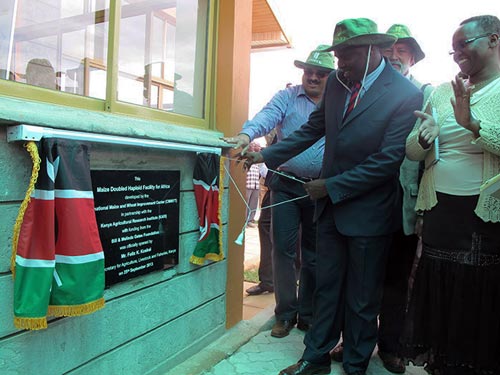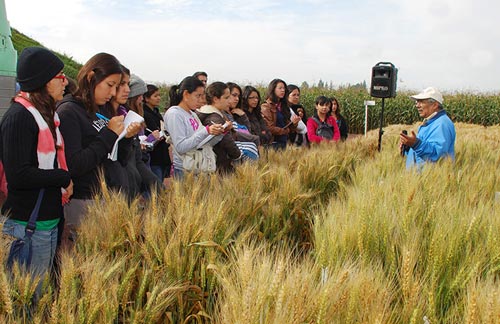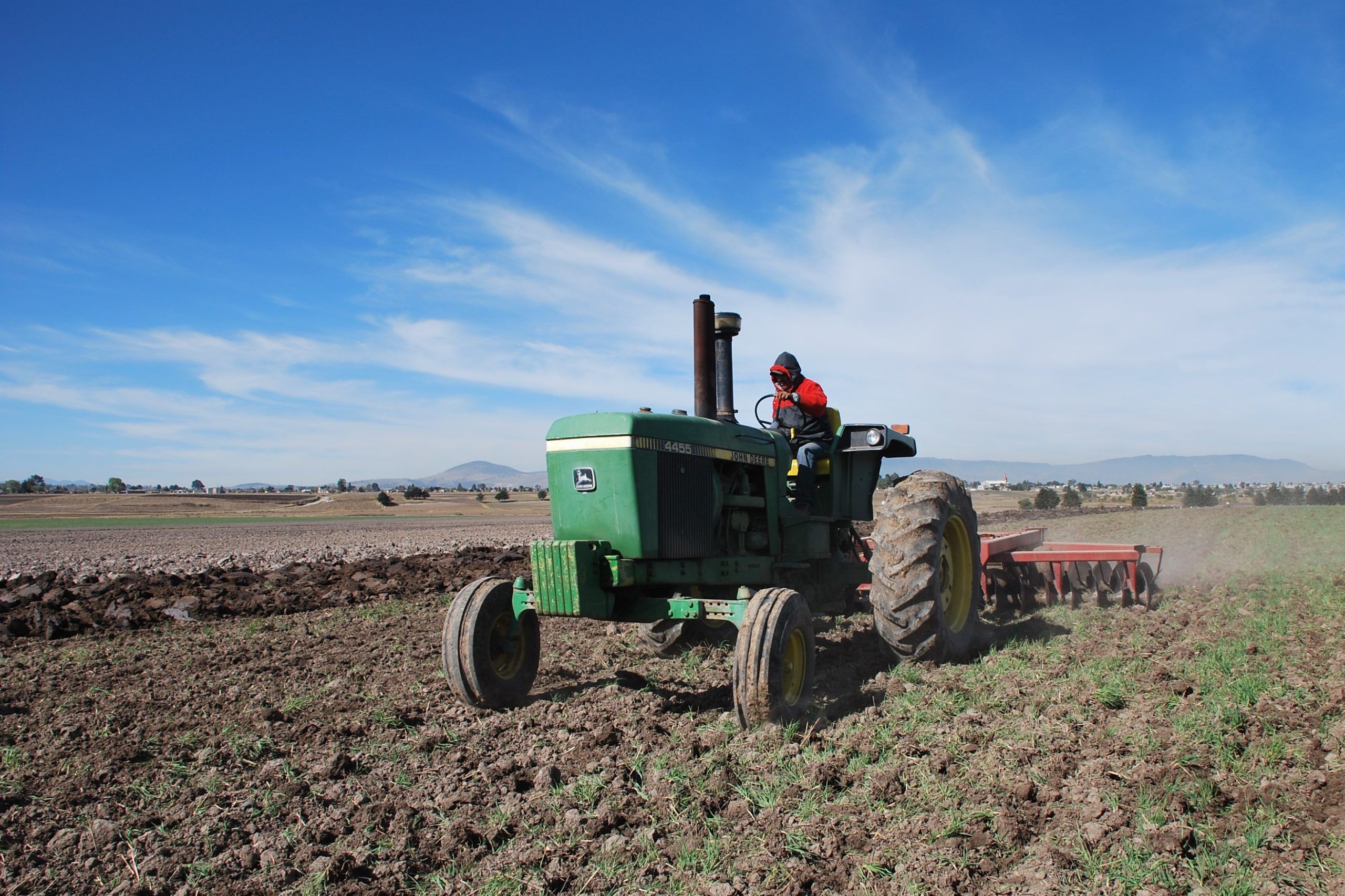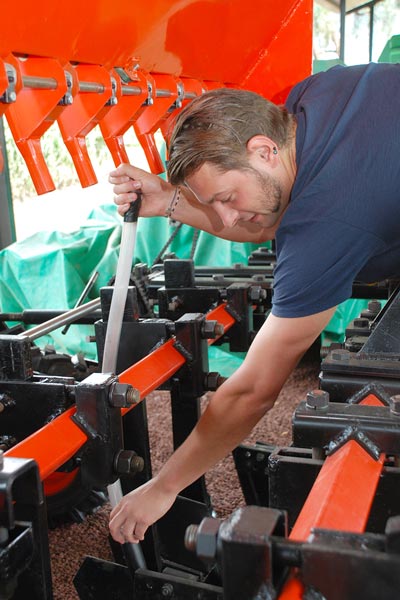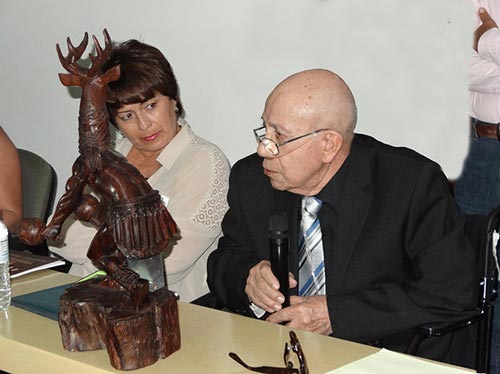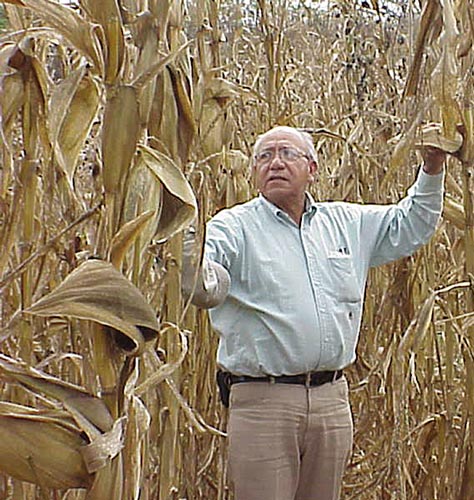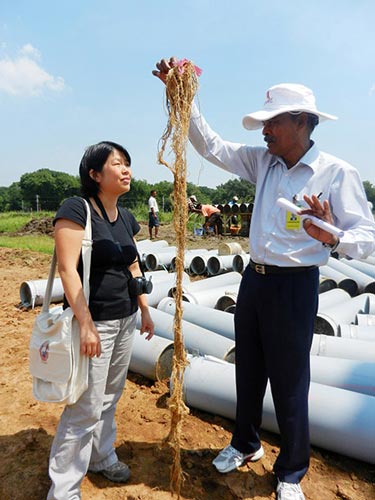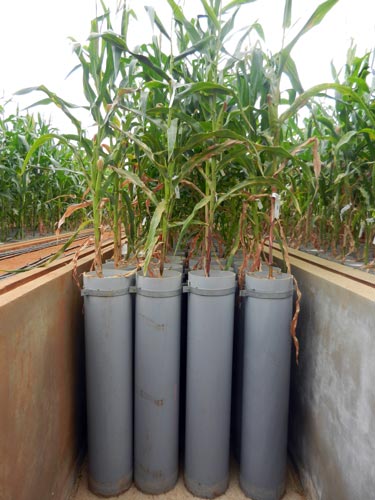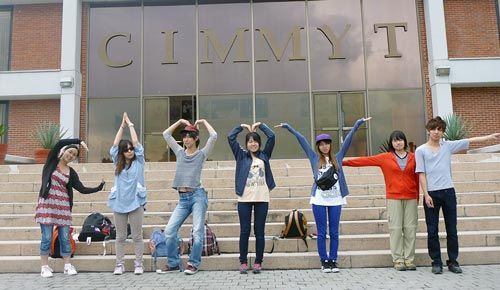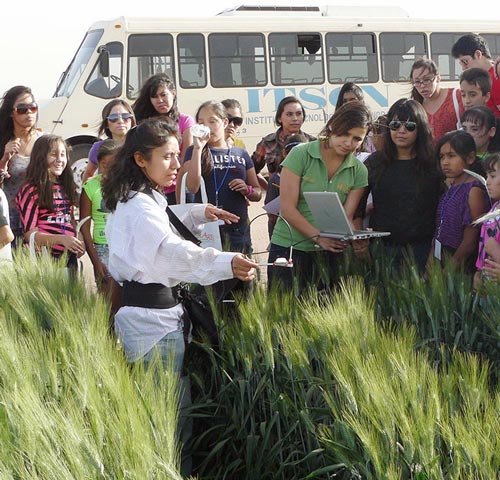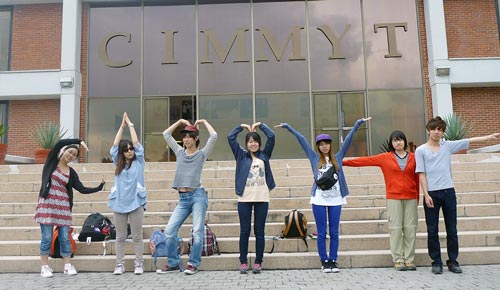A smart solution: agricultural innovation and gender-aware approaches
 If rural women in developing countries had the same access to land, technology, credit, education and markets as men, their yields could increase by 20 to 30 percent. Estimates show this alone would raise agricultural production in developing countries by 2.5 to 4 percent,1 which could lift 100 to 150 million people out of hunger. Research also shows that the reduction of gender disparities and the empowerment of women leads to better food and nutrition security for households and significantly strengthens other development outcomes such as child education.2,3 Yet, more than 1.1 billion women worldwide do not have equal access to land, inputs and extension.
If rural women in developing countries had the same access to land, technology, credit, education and markets as men, their yields could increase by 20 to 30 percent. Estimates show this alone would raise agricultural production in developing countries by 2.5 to 4 percent,1 which could lift 100 to 150 million people out of hunger. Research also shows that the reduction of gender disparities and the empowerment of women leads to better food and nutrition security for households and significantly strengthens other development outcomes such as child education.2,3 Yet, more than 1.1 billion women worldwide do not have equal access to land, inputs and extension.
The work of CIMMYT researchers Lone Badstue and Tina Beuchelt focuses on gender relations in wheat and maize-based systems. Aiming to strengthen the linkages between gender equality and nutrition- and climate-smart agricultural technologies, their research is a collaboration between CIMMYT; CGIAR Research Program on Climate Change, Agriculture and Food Security (CCAFS); and CGIAR Research Program MAIZE. Beuchelt and Badstue won the silver prize for their poster, “Towards nutrition- and climate-smart agriculture: discussing trade-offs from a gender and intragenerational perspective” at the recent Conference on Global Food Security in the Netherlands.
Beuchelt explained it is not always possible to predict how the introduction of new agricultural technologies will affect labor patterns, resource allocation and land allocation between men and women. “To successfully achieve equal access to technologies and benefits from agricultural research for development, we need to be aware of gender and social equity perspectives throughout the whole project cycle,” Beuchelt said. “Starting from the planning and design stage, opportunities and trade-offs of agricultural interventions need to be assessed and addressed.”
Beuchelt added that it can also be difficult to predict whether a new technology will be adopted and who will benefit. Both intended and unintended impacts can occur at the individual, household and community levels.
Male and female stakeholders need to work together to develop solutions to mitigate trade-offs or strengthen gender and social equity impacts. These can include gender-responsive measures (acknowledging and addressing gender disparities) or gender-transformative measures (commitment to bringing about equity in gender relations).
Agricultural research often focuses on technological innovations but does not always consider social disparities or differing effects on men and women. In their paper, Beuchelt and Badstue discuss conservation agriculture and its potential for nutrition- and climate-smart food production and argue for “smart combinations” of technologies and gender aware approaches. The smart combination of technology could include using conservation agriculture (with long-term benefits) and maize-bean intercropping (with short-term benefits) informed by gender analysis.
“It is important to acknowledge the whole complexity of the food system and the linkages between its different elements,” Beuchelt said. “Gender should not be an add-on, but a fully integrated part of the research and development intervention in order to achieve equity for all.”
Further reading:
Declaration on the rights of peasants and other people working in rural areas
Gender, nutrition- and climate-smart food production: Opportunities and trade-offs
References:
1. Food and Agriculture Organization’s State of Food and Agriculture 2010-2011
2. World Bank, 2009; FAO, 2010; Meinzen-Dick et al., 2011b
3. IFPRI, 2005
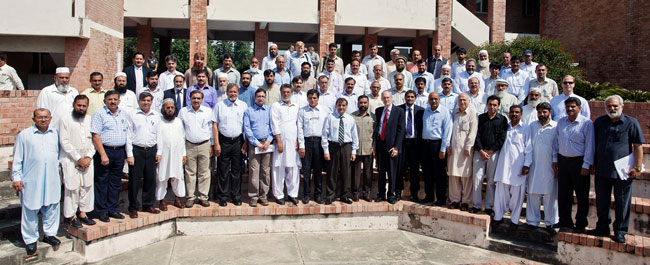
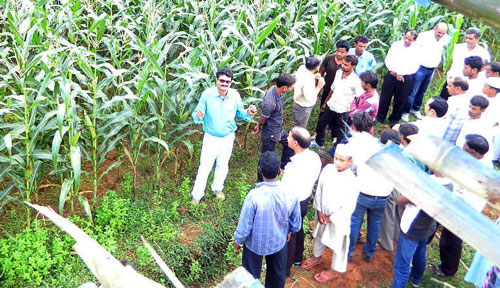 By S.P. Poonia/CIMMYT
By S.P. Poonia/CIMMYT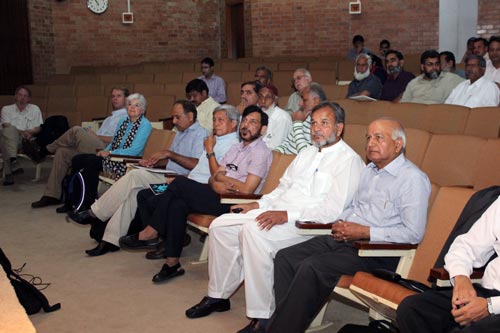 By Imtiaz Muhammad/CIMMYT
By Imtiaz Muhammad/CIMMYT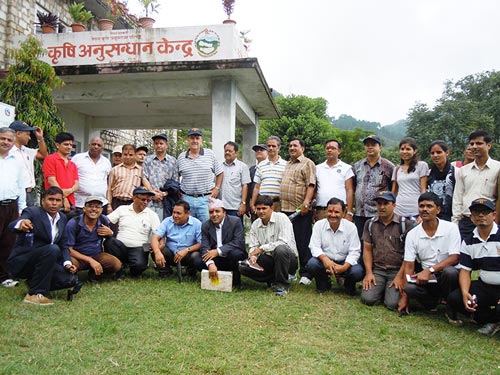
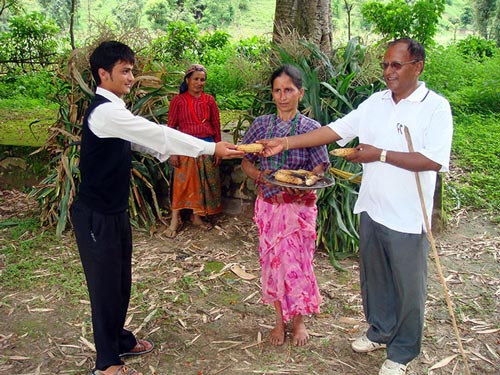
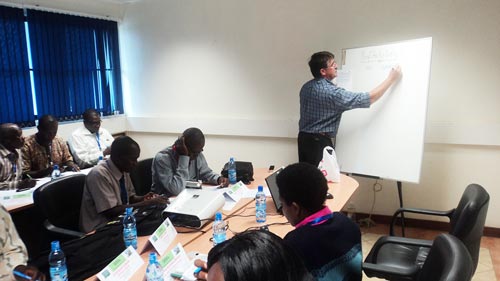
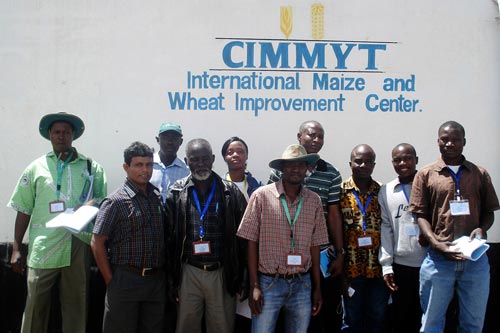 The course focuses on challenges companies face in managing hybrid maize seed. “John brings a wealth of experience in this field,” Ndung’u continued. “He is helping seed companies plan better and improve their seed production capabilities.” MacRobert’s book, Seed Business Management in Africa, is included in the course materials. CIMMYT’s Drought Tolerant Maize for Africa project (DTMA) also utilizes MacRobert’s book in training sessions for seed company staff. CIMMYT has conducted seed production management courses in Angola, Ethiopia, Swaziland, Tanzania, Uganda and Zimbabwe, training more than 200 personnel from the private and public sectors over the past six years.
The course focuses on challenges companies face in managing hybrid maize seed. “John brings a wealth of experience in this field,” Ndung’u continued. “He is helping seed companies plan better and improve their seed production capabilities.” MacRobert’s book, Seed Business Management in Africa, is included in the course materials. CIMMYT’s Drought Tolerant Maize for Africa project (DTMA) also utilizes MacRobert’s book in training sessions for seed company staff. CIMMYT has conducted seed production management courses in Angola, Ethiopia, Swaziland, Tanzania, Uganda and Zimbabwe, training more than 200 personnel from the private and public sectors over the past six years.